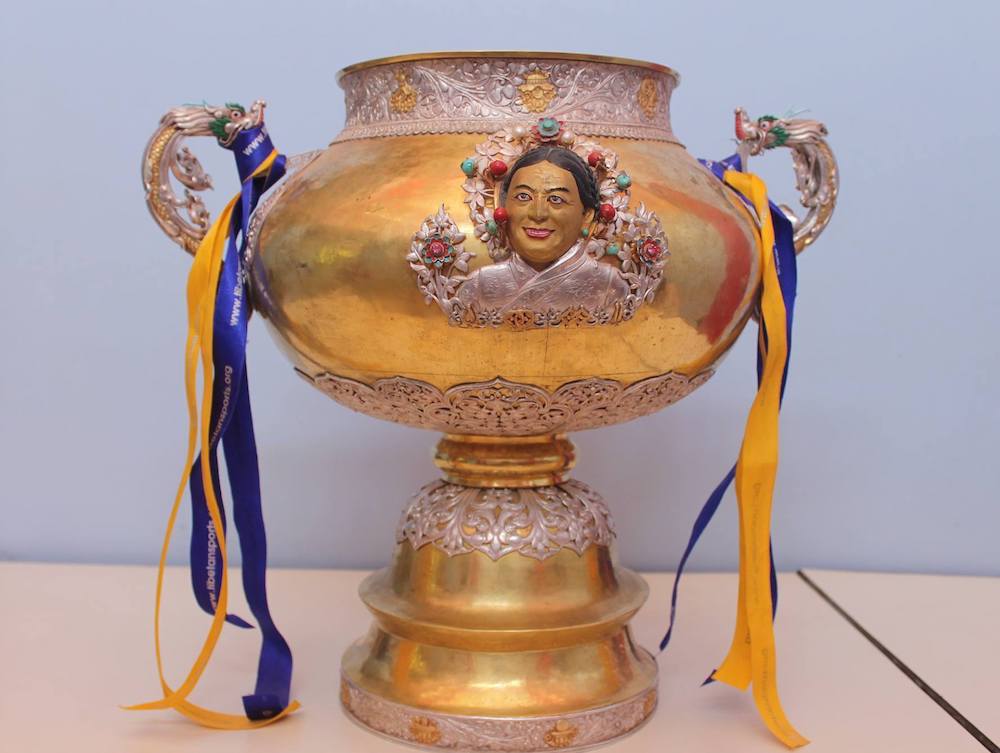LHASA, Tibet, August 26 – If the exiled Dalai Lama is permitted to return to Tibet it is highly unlikely he would be allowed to live in his traditional home, the 1,300-year-old Potala Palace, officials said Tuesday.
“Since UNESCO named the Potala Palace as a World Heritage site in 1994, we feel that the Potala Palace now belongs to the people of the world, it no longer belongs to the Dalai Lama,” said Xiang Guohua, an official in charge of the palace’s restoration.
“Besides, I doubt the Dalai Lama would want to live there because it lacks modern conveniences.”
The Chinese central government is pouring some 170 million yuan (20 million dollars) into the restoration of the palace that has long served as the homes of successive Dalai Lamas.
The current Dalai Lama, who is the 14th, lived in the palace until 1959 when he fled Tibet after a foiled and bloody uprising against Chinese rule and set up a government-in-exile in Dharamsala, India.
He is presently seeking to negotiate his return to Tibet with China’s central leadership.
The huge and ornate palace, atop a high hill in the heart of Lhasa, has come to symbolize Tibet for millions of people around the world.
Due to the fragility of the structure, the management has also decided to limit visitors to 1,200 a day and will slowly reduce the numbers of tourist and pilgrams to 850 a day, Qamba Gaisang, manager of the Potala Palace said.
“The Potala used to receive up to 3,000 visitors a day, but at present we are limiting the numbers to 1,200 a day,” Qamba told journalists on a rare reporting trip to Tibet.
Tourists must now buy tickets a day in advance, while pilgrams to the sacred Tibetan Buddhist site can visit for two hours in the early afternoon.
The restrictions will only be in place during the peak tourist season from May 1 to October 1, he said.
The ongoing restoration of the palace is part of a 310 million yuan (37 million dollars) plan to restore important cultural sites in Lhasa.
Construction on the ornate palace was started by King Songtsen Gampo in the mid-seventh century, but the present day Potala dates largely to the fifth Dalai Lama in 1645.
Besides being the tradtional seat of the Dalai Lama and the Gelugpa order of Tibetan Buddhism, the palace contains the tombs of several of the Dalai Lamas.









